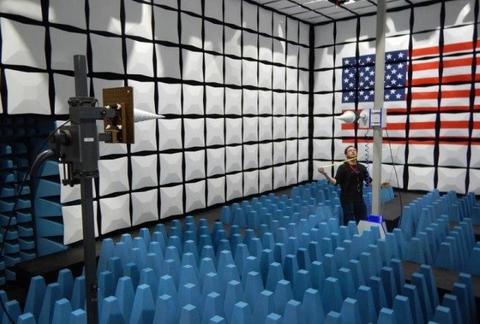
Launched in 2021, the mission of the Spectrum Technology and Research Division is to research, develop, and deploy innovative measurement methods and tools to promote novel and efficient use of spectrum through improved access, sharing, atmospheric sensing, and precision timing. The division creates new metrology to understand and improve sharing and sensing wireless communications that use and harness the spectrum by utilizing tools in sensing, precision time, and future optical and quantum networks.
The Spectrum Technology and Research Division research tackles current issues of the spectrum as well as positions us for new challenges in wireless communications that include higher frequencies, complex artificial intelligence (AI) driven systems, terrestrial to non-terrestrial pathways, and distributed sensing. The combined knowledge of spectrum both as a communications medium and a sensing agent is essential as wireless communications expand. Targeted programs include wireless coexistence and fair use, “Closed-Box” communication systems test metrology, RF spectrum sensing (fundamental noise and aggregate/distributed emissions), and atmospheric spectroscopy.
The division is home to the program office of the National Advanced Spectrum and Communications Test Network (NASCTN). NASCTN is a multi-agency, chartered organization that includes the Department of Defense (DoD), National Aeronautics and Space Administration (NASA), National Institute of Standards and Technology (NIST), National Oceanic and Atmospheric Administration (NOAA), National Science Foundation (NSF), and National Telecommunications and Information Administration (NTIA), whose purpose is to improve opportunities for successful spectrum sharing through accurate, reliable, and unbiased measurements and analyses. NIST promotes the development and deployment of spectrum-efficient and spectrum-sharing technologies by leveraging NIST administrative, engineering, and research, capabilities in concert with charter members.
News and Updates
Project and Programs
Awards
Contacts
Division Chief (Acting)
-
(303) 497-4670






